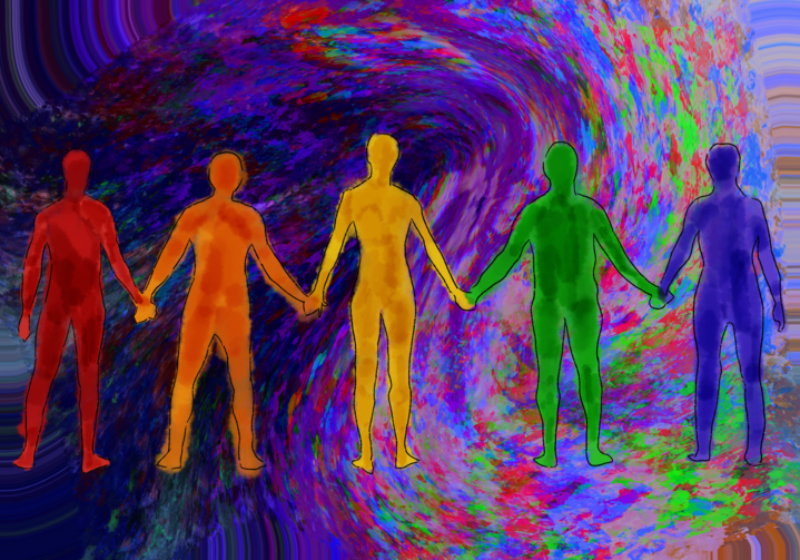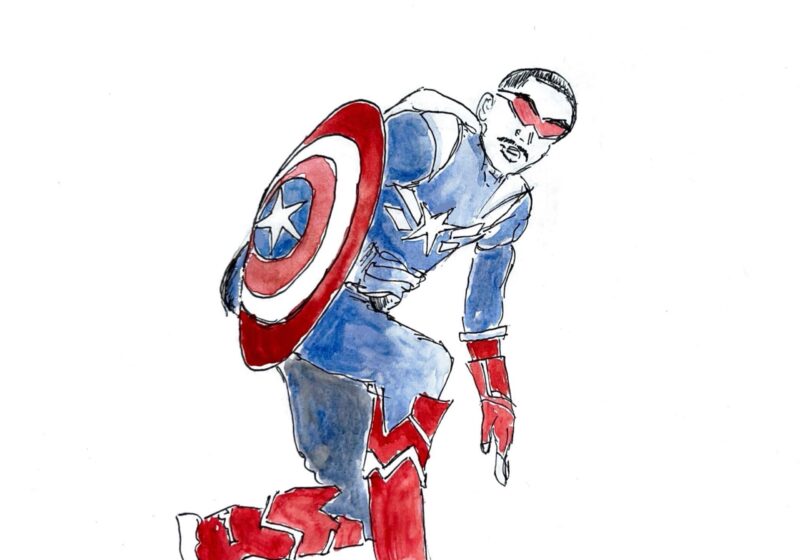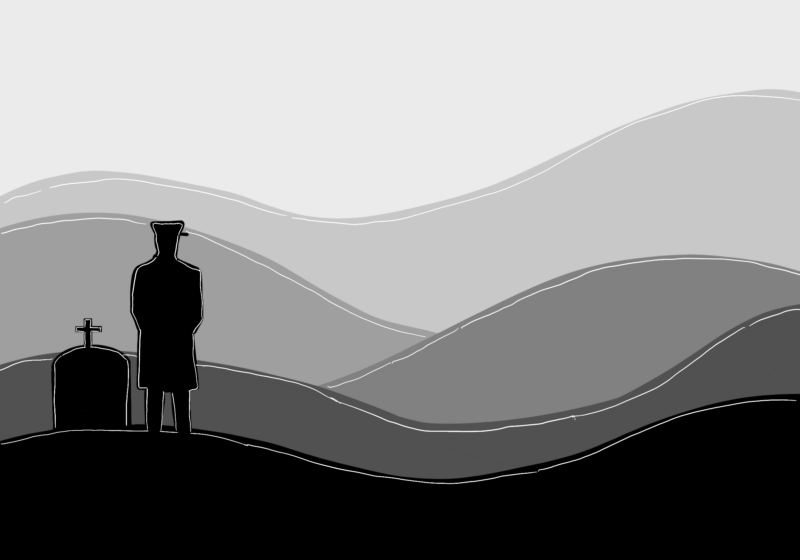In 2011, my parents came home from the movie theaters to find me and my brother brushing our teeth. “Hurry,” they said, “wash your hands.” That night, they told us a story of a woman who caught a virus in Hong Kong and accidentally started a global pandemic.
“Wow,” my brother said. “Do you think that could really happen in real life?”
Right now, everybody’s watching “Contagion.” It’s one of the most rented movies on iTunes, as people holed up in their homes seem to turn to it in this time of panic. Lately, I’ve been watching lots of movies: horror and comedy and everything in between. But I wonder why “Contagion” so widely consumed.
Other pandemic movies — “Twelve Monkeys,” “The Crazies,” “It Comes at Night,” and, if you’re counting zombie movies, “Zombieland,” “Day of the Dead,” and “World War Z” — all feature characters trying to fight against a pandemic, or surviving in the aftermath of one. But the compelling thing about “Contagion” is how real it feels, and how jarringly it predicted the situation we’re in today.
Yes, there are differences, as my friends assure me. The virus in “Contagion” seems more deadly, with victims suffering from seizures before falling to their foamy-mouthed deaths. And everyone seems to catch a serious case of it, regardless of age or size — both Gwenyth Paltrow and her young son die quickly.
But, of all pandemic movies, this one is closest to real life. There’s nothing glamorous about it. All scenes are colored in a dull yellow or blue light, and the heroes of the film are World Health Organization and Center for Disease Control employees. Kate Winslet’s character reminds us that the average person touches their face three to five times a minute, and the camera constantly focuses on physical touch — people touching each other, themselves, doorknobs, subway seats, elevator buttons, a bowl of nuts on a table in the airport. “Don’t talk to anyone,” Winslet reminds us, “don’t touch anyone. Stay away from other people.”
The plot follows a variety of characters through the pandemic. At first, Gwyneth Paltrow returns from Hong Kong feeling extremely jet lagged and off balance. Within days, she falls to the kitchen floor in a seizure with her young son watching, and her husband — Matt Damon — rushes her to the hospital.
“Your wife is dead,” the doctor tells Matt Damon.
“Okay,” Damon says. “Can I talk to her real quick?”
The mystery of the disease is what soon swallows the world. Big name actors like Laurence Fishburne, Jude Law, and Bryan Cranston work to uncover a solution as almost everyone becomes infected. Near the end of the movie, the streets are filled with garbage, the grocery stores are looted, and zombie-like patients roam the streets. It’s a cataclysmic portrayal of what’s happening now and what could be happening soon.
The most compelling aspect of “Contagion,” as opposed to other pandemic movies, is that it traces the origin and journey of the virus alongside our journey as human beings. And it also poses questions about the future of our own virus, as some say “Contagion” predicted the future and got at the questions of this pandemic. Who are we when we’re all pitted against each other? What happens if things don’t get better?
Stay good to each other, the end of “Contagion” says, even if you’re avoiding everyone else. Things will be okay. When our lives start feeling like the plot of a movie, we can turn to movies themselves for comfort.



